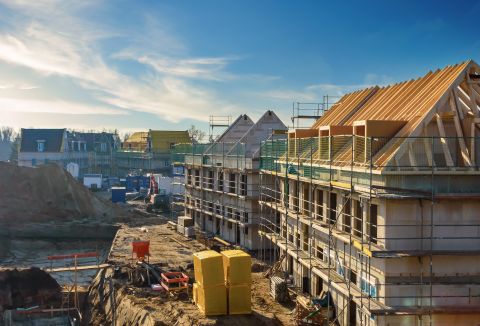The CCC’s June 2020 Emissions Progress Report
The Committee on Climate Change’s (CCC) most recent update on how the UK is progressing towards the achievement of emissions-based targets, such as net zero by 2050 and the carbon budgets, has certainly been listened to. There is no doubt that it influenced the Chancellor's recent Summer Economic Update and the decision to target a green recovery from the Covid-19 crisis.
So, what does the CCC see as the future of construction and what can be done to prepare for the changes this will make to HVAC specification?
We have summarised key industry insights in our 196-page report, structured by most commonly asked questions
Our report covers :
- How has lockdown affected the UK’s emissions progress?
- Has investment in low carbon solutions been shown to be commercially beneficial?
- Is the carbon tax scheme in London going to be applied to the whole of the UK? What does this mean for the development of upcoming regulation changes?
- Will Government address the cost difference between electricity and gas?
Our range of HVAC solutions aim to provide future proof technologies to building projects over various sectors.

Storage and the Net Zero Energy Supply Chain
Representatives from Government, the Committee on Climate Change, manufacturers and many other stakeholders from across the electricity supply chain met last week to discuss the future of our industry, country and ultimately, the planet.

The six main heat pump myths debunked
Heat pumps. and heat pump based solutions such as ambient loops or hot water heat pumps are proven technologies considered one of our main routes to achieving compliance with the new, 2022 Part L of the Building Regulations. The increased focus on heat pumps, including air source heat pumps, both monobloc and split system, has intensified the discussion on this low carbon technology that is sometimes misunderstood.
What are the four new compliance metrics embedded in the updated 2022 Part L?
We have written a series of four blogs to help understand the changes and what they mean for residential developments. Each blog will introduce one of the four compliance metrics and consider what these mean for modern construction.











